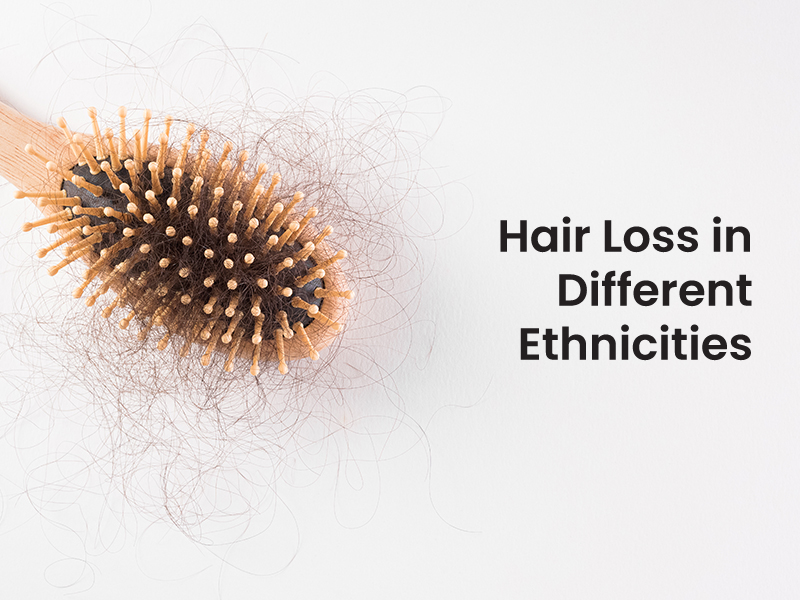Hair loss affects individuals of all ethnicities, but the causes and patterns can vary significantly among different racial and ethnic groups. Understanding these nuances is crucial for addressing hair loss effectively and restoring confidence.
Androgenetic Alopecia
Androgenetic alopecia, also known as male-pattern or female-pattern baldness, is the most common cause of hair loss in people of all ethnicities. It is characterized by progressive thinning and miniaturization of hair follicles, resulting in a receding hairline, thinning crown, or diffuse hair loss. Androgenetic alopecia is influenced by genetic and hormonal factors and can affect individuals of various ethnic backgrounds, although the pattern and severity of hair loss may vary.
Alopecia Areata
Alopecia areata is an autoimmune condition that causes sudden, patchy hair loss on the scalp, eyebrows, or other areas of the body. It can affect people of all ethnicities and is thought to result from a combination of genetic predisposition and environmental triggers. Alopecia areata may occur in isolation or be associated with other autoimmune conditions, and the extent of hair loss can vary from small, localized patches to complete baldness.
Central Centrifugal Cicatricial Alopecia (CCCA)
Central centrifugal cicatricial alopecia (CCCA) is a type of scarring hair loss that primarily affects individuals of African descent. It is characterized by progressive hair loss and scarring in the central scalp area, often starting at the crown and spreading outward. CCCA is believed to be associated with factors such as genetics, hairstyling practices, and inflammation, and it can lead to permanent hair loss if not properly managed.
Traction Alopecia
Traction alopecia is a form of hair loss caused by repetitive pulling or tension on the hair follicles, often due to tight hairstyles such as braids, ponytails, or hair extensions. It disproportionately affects individuals of African, Afro-Caribbean, and East Asian descent who engage in tight hairstyling practices. Traction alopecia typically presents as thinning or bald patches along the hairline, temples, or scalp margins, and it can lead to permanent hair loss if the underlying cause is not addressed.
Telogen Effluvium
Telogen effluvium is a temporary form of hair loss characterized by excessive shedding of hair in the telogen (resting) phase of the hair growth cycle. It can be triggered by various factors such as illness, surgery, childbirth, stress, or nutritional deficiencies and can affect people of all ethnicities. Telogen effluvium typically presents as diffuse hair thinning rather than specific bald patches and usually resolves on its own once the underlying trigger is addressed.
Conclusion
In conclusion, understanding the complexities of hair loss across different ethnicities is essential for providing effective care and support to individuals experiencing hair thinning and shedding. By addressing underlying causes, exploring treatment options, and embracing cultural diversity, we can promote healthier, fuller hair for all. Remember, consult a medical professional before following any health advice or setting out a new health plan to ensure your well-being is prioritized.

